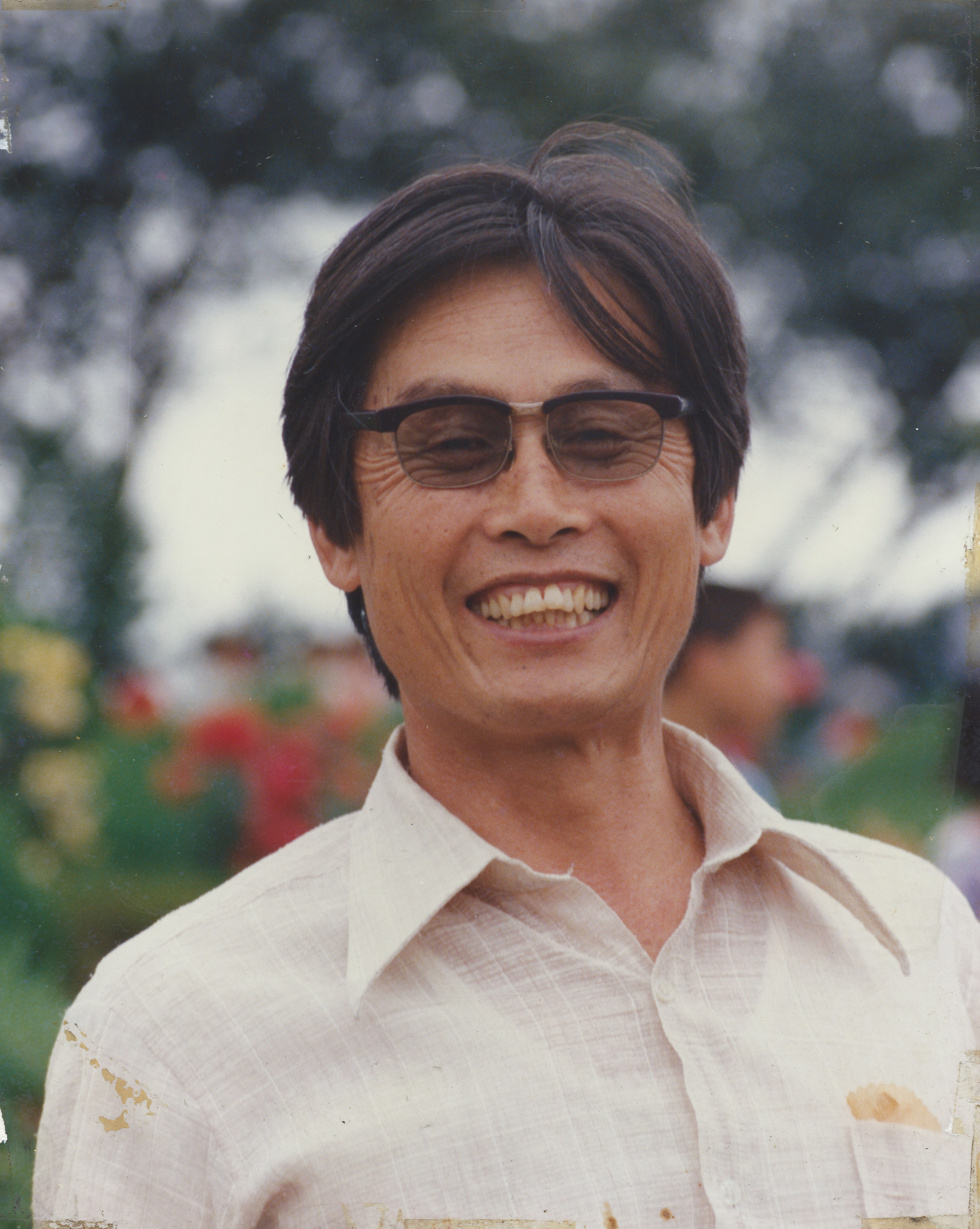Nam June Paik at SFMOMA
.
Nam June Paik, May 8–October 3, 2021, Floor 4
.
Entry to this exhibition is included with general admission.
Sharehttps://www.sfmoma.org/exhibition/nam-june-paik-2021/
A mesmerizing riot of sights and sounds, Nam June Paik brings together more than 200 works by the visionary experimental artist who bridged art, music, performance, and technology in groundbreaking ways, and whose influence is still felt in the art, pop culture, music, and film of today.
.
One of the first truly global and transnational artists, Paik foresaw the importance of mass media and new technologies, coining the phrase ‘electronic superhighway’ in 1974 to predict the future of communication in an internet age. This exhibition — the artist’s first-ever West Coast retrospective — celebrates Paik’s collaborative approach that transcended genres and traditions, while also highlighting the artist’s innovative, playful, and profoundly radical work.
.
Columbus – in search of a new tomorrow
Few artists, if any, have influenced video and media art to the same extent as Nam June Paik. Alongside Les Levine, the Korean-born artist could even claim to be a founder of these art forms. As early as 1969, Paik presented a performance by cellist Charlotte Moorman, who was wearing a bra consisting of two small television receivers enclosed in Plexiglas. “TV Bra for Living Sculpture” was one of his very first video works. Fascinated by the possibilities of the new medium of video, Paik turned televisions into sculptural artworks. “Television has been terrorising us for years, now we are fighting back,” he is often quoted as saying.
Paik fled his homeland in 1950 during the Korean War, then studied in Tokyo, Munich and Freiburg before finally – following his formative engagement with the Fluxus movement – accepting a position as a Professor at the Düsseldorf Art Academy. His work with John Cage played a decisive role in his artistic development. In 1959, just one year after meeting the American artist and composer in Darmstadt, Paik produced an “Homage to John Cage”. He was to become world famous for his remarkable installation of 384 monitors in the Centres Georg Pompidou in Paris, which he followed with exhibitions in New York’s Guggenheim, Frankfurt’s Schirn Kunsthalle, and at documenta 8 in Kassel. Paik passed away in 2006, but his influence on media art perseveres; his playful and highly ironic approach remains unparalleled.
This untitled work is a single sheet from the international art portfolio “Columbus – in search of a new tomorrow”, which was created for the 1992 Earth Summit in Rio de Janeiro. Paik worked alongside artists such as Roy Lichtenstein, Christo, and Sigmar Polke for this extraordinary collection. Conceived by Michael Domberger and Dr Florian Langenscheidt, 37 artists took part in the project to protest against the destruction of nature in South America.
In the work, Paik repeats the Chinese character for “dream” to create a pattern that appears to be in continual motion. The writing seems to be rotating quickly, almost dancing. The screen print represents a coming together of the different media Paik worked with: ideas from music, dance, and video combine with a dynamic, ornamental quality. One could be forgiven for mistaking it for a screenshot from one of his video installations.
In May 1999, while Paik was still alive, the art magazine ARTnews named him as one of the 25 most influential artists of the 20th century alongside Picasso, Duchamp, and Rauschenberg.
.
Hannah Hör
.
+++







































































































































'1. Dr. Sam Lee > 여행스케치' 카테고리의 다른 글
| MOUNT UMUNHUM SIERRA AZUL Open Space Preserve (0) | 2021.06.20 |
|---|---|
| [Coyote, Wildcat, Upper High Meadow, and PG&E Trails] (0) | 2021.06.13 |
| Immersive Van Gogh Exhibit San Francisco (0) | 2021.06.08 |
| Mitchell Rock, Mount Diablo, and North Peak Loop (0) | 2021.06.07 |
| [Sanborn County Park - Castle Rock State Park] (0) | 2021.05.31 |
